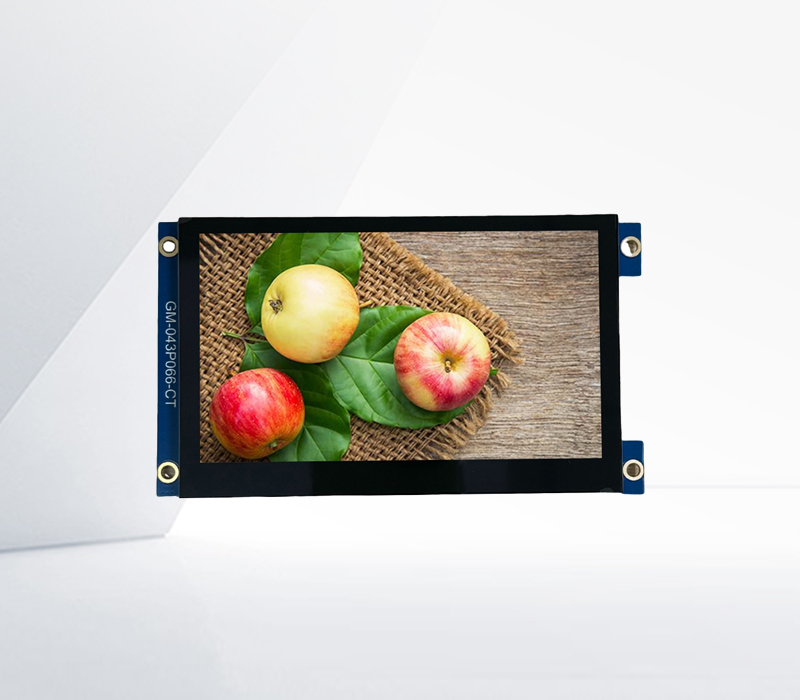




The gamut coverage of an LCD (Liquid Crystal Display) refers to the range of colors that the display can reproduce. It is an important characteristic that determines the quality and accuracy of the colors displayed on the screen.
LCD displays typically use different color filter technologies to achieve a specific gamut. The most common color filters are based on the RGB (Red, Green, Blue) color model. By adjusting the transmission characteristics of these filters, manufacturers can control the range of colors that the display can produce.
The gamut coverage is often measured in terms of a color space, such as sRGB, Adobe RGB, or DCI-P3. These color spaces define a specific set of colors that can be reproduced by a display. For example, sRGB is a widely used color space that is suitable for most consumer applications, while Adobe RGB and DCI-P3 offer a wider gamut and are often used in professional photography and video production.
A higher gamut coverage means that the display can reproduce a wider range of colors, resulting in more vivid and accurate images. However, it is important to note that not all content is created with a wide gamut in mind. Some content may be optimized for a specific color space, and displaying it on a display with a wider gamut may not always result in better image quality. In such cases, proper color management is required to ensure that the colors are accurately reproduced.
In addition to the color filters, other factors such as the backlight technology and the quality of the liquid crystal panel can also affect the gamut coverage of an LCD. For example, LED backlights can provide a wider color gamut compared to traditional CCFL backlights. Similarly, high-quality liquid crystal panels with better color reproduction capabilities can enhance the gamut coverage of the display.
understanding the gamut coverage of an LCD is important for choosing a display that meets your specific needs. Whether you are a photographer, graphic designer, or a casual user, knowing the gamut of the display can help you ensure that the colors you see on the screen are as accurate and vivid as possible.
